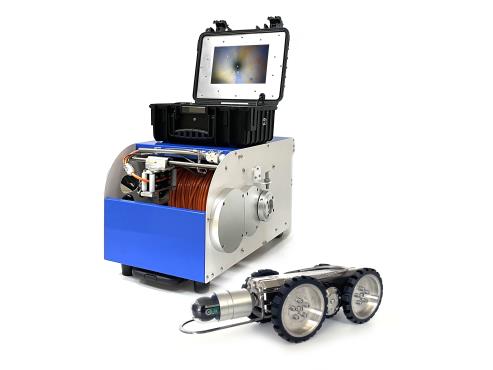Inspecting sewage pipes is crucial for maintaining proper sanitation and preventing potential health hazards. Here’s a general scheme for inspecting sewage pipes
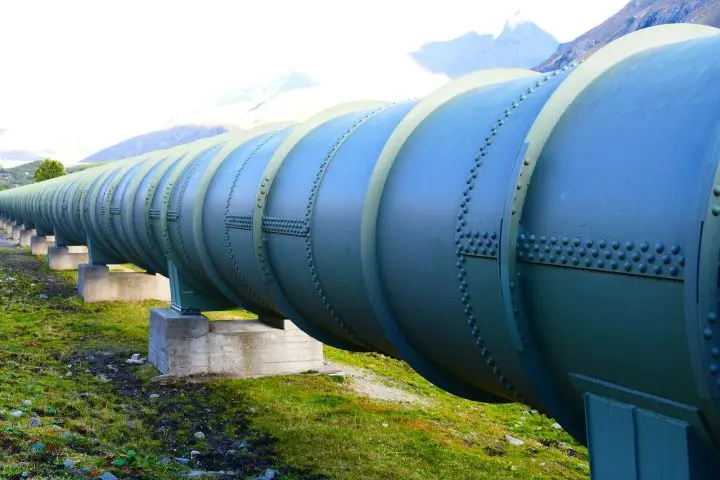
1. Planning and Preparation
*Define Objectives: Determine what you want to achieve with the inspection (e.g., identify blockages, assess pipe condition).
*Gather Information: Review existing records or maps of the sewage system, including pipe locations and materials.
*Choose Inspection Methods: Decide on the techniques to use, such as pipe inspection push camera, CCTV sewer crawler cameras, or manual inspection.
*Safety Measures: Ensure safety protocols are in place, including protective gear and procedures for handling hazardous materials.
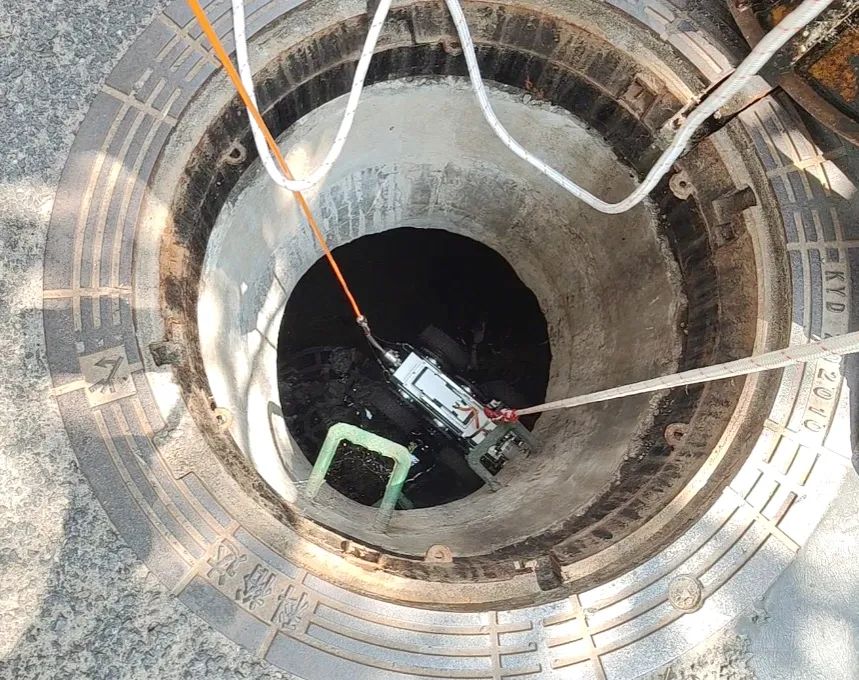
2.Pipe Inspection Methods
*Visual Inspection: Manually check accessible sections of the pipe, looking for visible issues like cracks or leaks.
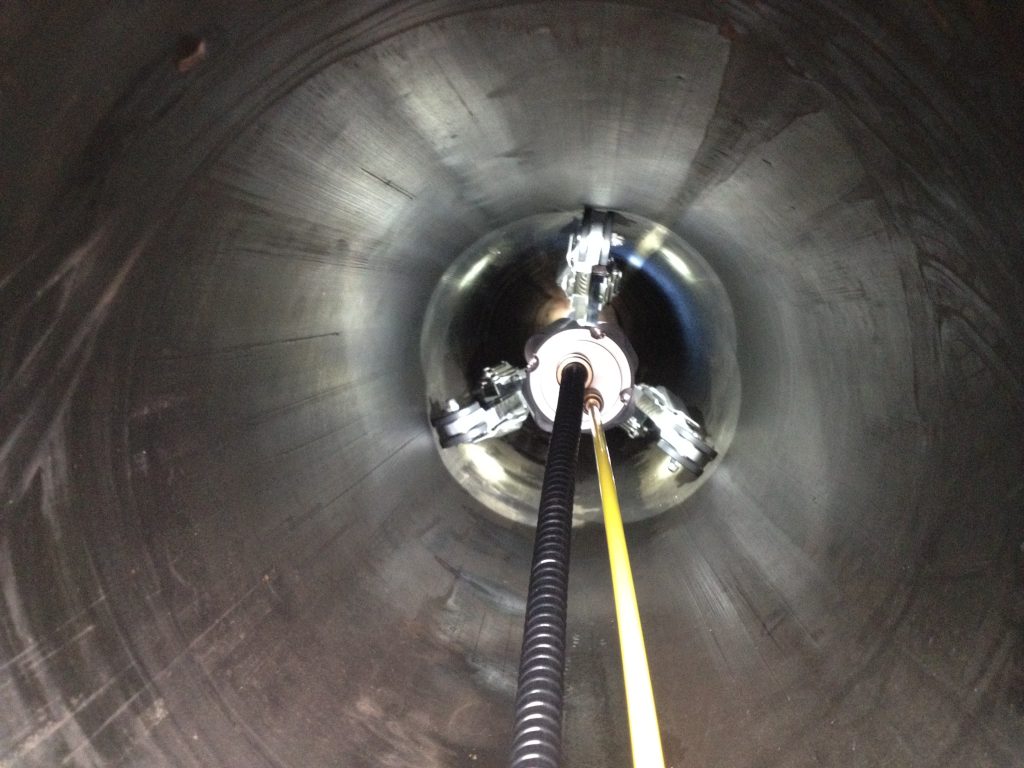
*CCTV Inspection: Use a camera mounted on a crawler or a flexible rod to inspect pipes from the inside. This allows for detailed observation of the pipe's condition without excavation.

*Ultrasonic Testing: Measure pipe wall thickness and detect corrosion or erosion using ultrasonic waves.
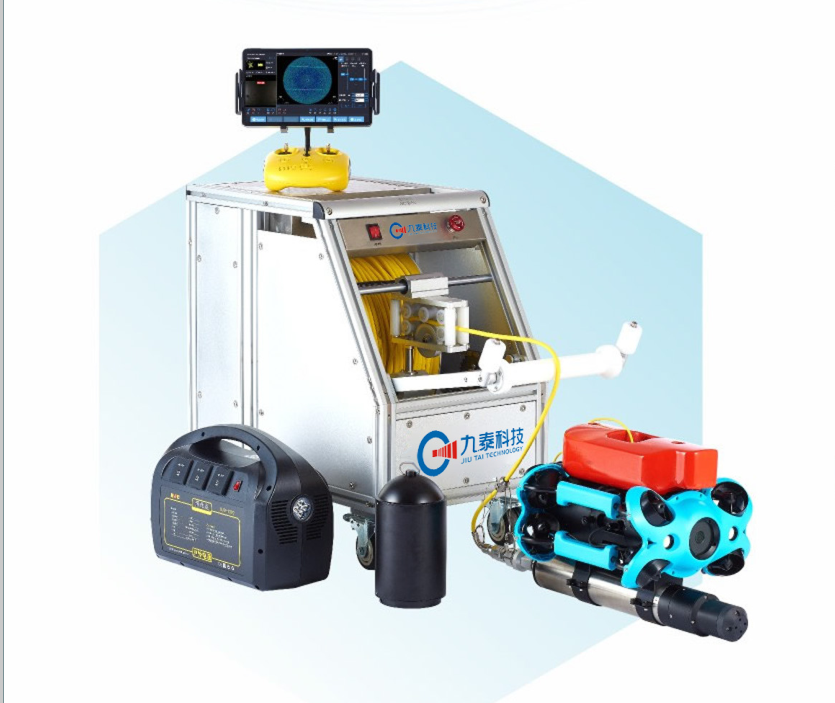
*Pressure Testing: Check for leaks by pressurizing the system and monitoring for drops in pressure.

3.Execution
*Setup Equipment: Position the inspection tools and ensure they are functioning correctly.
*Conduct Inspection: Perform the inspection according to the chosen methods. For CCTV, navigate the camera through the pipes, recording footage for analysis.
*Document Findings: Take notes and record observations. For CCTV inspections, ensure the footage is clear and well-documented.
4.Analysis
*Review Data: Analyze the inspection data to identify any issues such as blockages, cracks, corrosion, or root intrusions.
*Evaluate Condition: Assess the overall condition of the pipes based on the data collected.
*Determine Action: Decide on necessary repairs or maintenance based on the inspection results.
5.Reporting and Follow-Up
*Prepare Report: Create a detailed report summarizing the inspection findings, including photos, video footage, and recommendations.
*Discuss Findings: Share the report with relevant stakeholders and discuss the recommended actions.
*Plan Repairs: Schedule any necessary repairs or maintenance work.
*Monitor and Review: After repairs, continue monitoring the system to ensure the issues have been resolved and the system is functioning properly.
6.Maintenance
*Regular Inspections: Implement a routine inspection schedule to proactively manage pipe health and prevent future issues.
*Update Records: Keep accurate and up-to-date records of inspections, repairs, and maintenance for future reference.
*This scheme provides a structured approach to inspecting sewage pipes, ensuring thorough evaluation and effective management of the sewer system.


